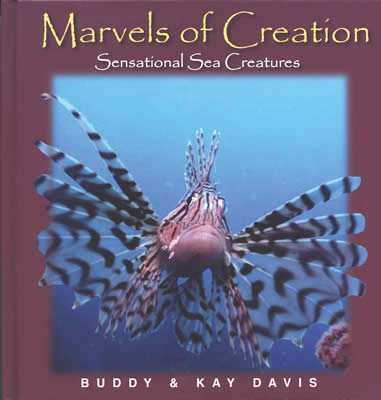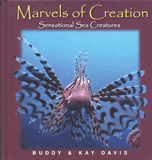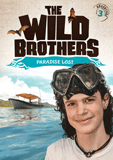There are six species of salmon that live in the North Pacific and one that lives in the North Atlantic. The Pacific salmon all die when they spawn but the Atlantic salmon may go back to the sea and return to spawn up to four times. The largest of the species is the Chinook (king) and the smallest is the humpback.
The amazing life of the salmon starts as an egg laid in a freshwater river or stream. The egg is buried in gravel or sand with flowing water of the stream supplying oxygen to the eggs. After the egg hatches, the salmon are called alevins (AL-i-vinz). They are very small and have a yolk sac attached to their stomach. This sac contains all the nutrients they need for this stage of their life. They stay under the gravel until the yolk is absorbed. They swim out of the gravel and make their way into a larger pool, which is home for 2–20 months as they mature. At this stage, they are called fry.
When they reach a certain stage, changes occur in their body as they start to adapt from freshwater to saltwater. When they have fully adapted, they spend their adult life in the ocean until it is time for them to lay their eggs.
Salmon travel thousands of miles in the ocean but have a God-given instinct to return to the river where they were hatched.
Scientists are not quite sure how the salmon find their way back. Some studies indicate they find their way by taste or smell. Some scientists think that the thyroid gland is involved somehow. There is even speculation that they actually use the position of the sun, moon, and stars to find their special river. The accuracy of the salmon’s journey can be explained by the wonderful design of the Creator.
The salmon’s journey back to its birthplace is a dangerous one with many obstacles such as rapids, falls, and predators along the way. When the salmon reaches the river, it reverts back to freshwater. Also taking place is a deterioration of the internal organs of the fish. It is going to lay its eggs and die. Each female digs a trench and lays several batches of eggs. The male then fertilizes 3,000 to 5,000 of her eggs.
Salmon
Salmoniformes • Salmonidae
Oncorhynchus kisutch, O. gorbuscha, O. keta,
O. masou, O. nerka, O. tshawytscha
Weight: 10–50 pounds (4.5 kg–22.7 kg)
Life Span: 1–5 years
Special Design Feature: Pacific salmon return to
lay eggs in the same river from which they were
hatched. Sometimes this river is hundreds of
miles away.
Did You Know? Salmon can live in fresh-water or
saltwater.

Marvels of Creation: Sensational Sea Creatures
Brings the world of the sea alive in a unique and colorful way with photographs, a page of facts and commentaries.
Browse Kids BookRecommended Resources
- © 2024 Answers in Genesis
- Privacy Policy
- Contact
- About



